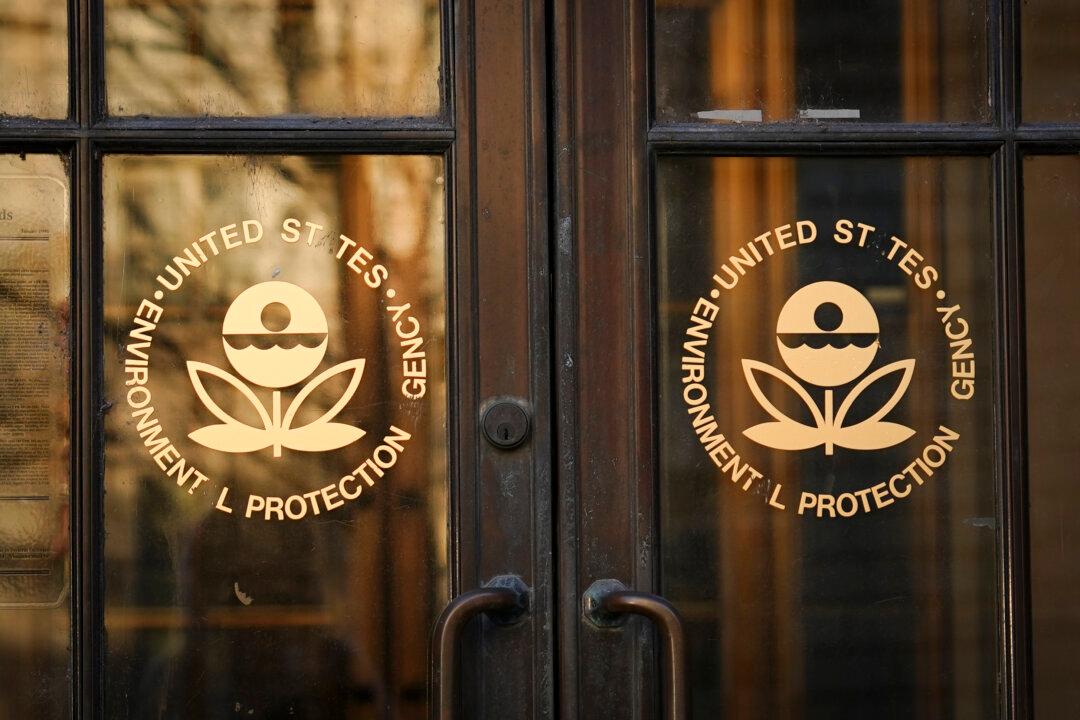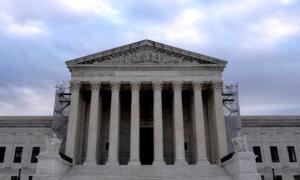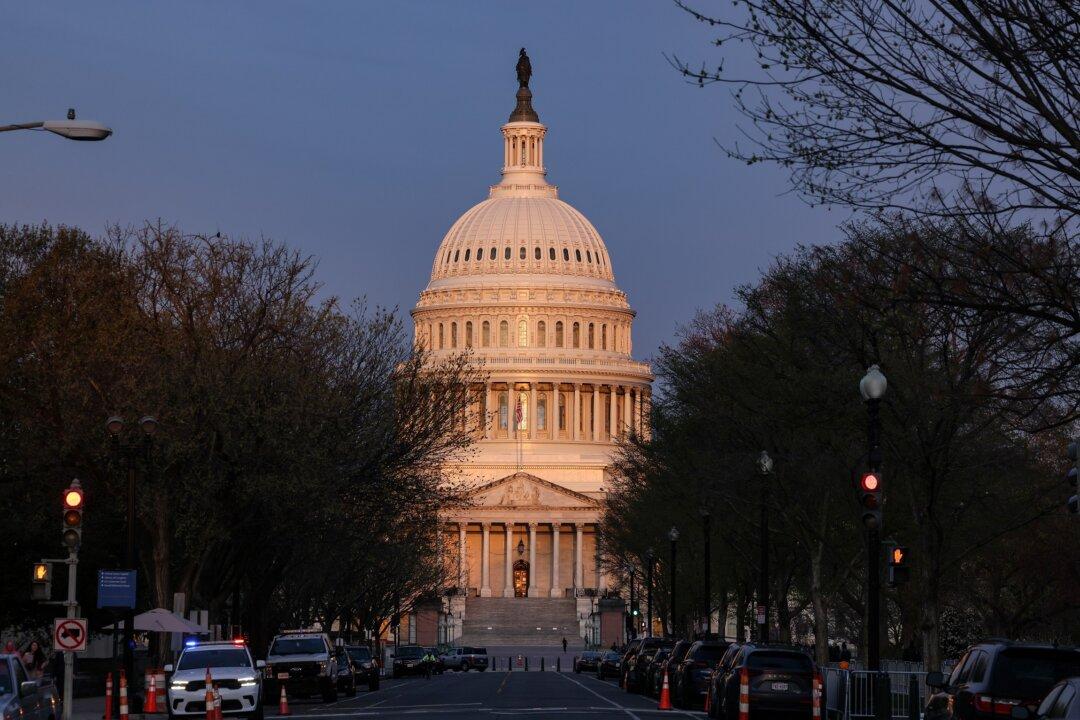Alaska filed a lawsuit against the U.S. Environmental Protection Agency (EPA) on Thursday over what it called an “unlawful order” by the agency that blocked the development of state-owned land in the Bristol Bay area.
The state said that filing a complaint serves to protect its interests as the landowner from “unlawful federal actions,” including being dispossessed of its right to manage its own property.
“For the federal government to preemptively block any development on State lands in such a giant swath—200,000 acres—is a blatant affront to the sovereignty of Alaska and ignores our State’s many laws and regulatory programs that protect anadromous fish and other natural resources,” Alaska Attorney General Treg Taylor said in a statement.
The state emphasized that it does not endorse any specific mining project and has not yet completed state-required permitting decisions for the mining company’s proposal.
However, it argued that a development proposal should be allowed to complete the required permitting process and not be unilaterally shut down before these regulatory processes perform their functions.
“That permitting work was ongoing when EPA prematurely vetoed any mining in an area much larger than the footprint of the proposed mine,” the state said.
Known as the Pebble deposit, the state’s land in the Bristol Bay area is reportedly one of the world’s largest undeveloped copper deposits. Gold, silver, molybdenum, and rhenium have also been identified at the site.
The Bristol Bay watershed in southwestern Alaska supports the world’s largest sockeye salmon fishery, provides habitat to birds and mammals, and is known for its large mineral resources.
The EPA in reaching its decision last year said it was concerned that mining waste would degrade the watershed and harm important fishing ecosystems. The agency said the mining waste would destroy over 2,000 acres of wetlands protected by the Clean Water Act.
John Boyle, commissioner of Alaska’s Department of Natural Resources, said the state has “robust permitting, regulatory, and monitoring processes” in place to ensure responsible development of its natural resources.
“The EPA’s decision unilaterally prohibiting development on State land–land that was specifically granted to the State of Alaska for its mining potential while setting aside other areas of Bristol Bay for conservation–is an injurious act towards Alaskans and must be corrected by the judicial system,” he said.
Pebble Limited, which wants to develop the site, stated that the project would generate as many as 2,000 jobs. Local fisheries, which environmentalists claim will be damaged by the project, generate $2 billion annually and support 15,000 jobs.
The Supreme Court denied the bill of complaint in Alaska v. United States in an unsigned order. No justices dissented, and the court did not explain its decision. For a bill of complaint to move forward to the oral argument stage, at least four of the nine justices must vote to hear it.
The EPA’s veto of the project included future mines in a 309-square-mile area. The U.S. Army Corps of Engineers turned down the mine application in 2020 but had agreed to review its decision.







